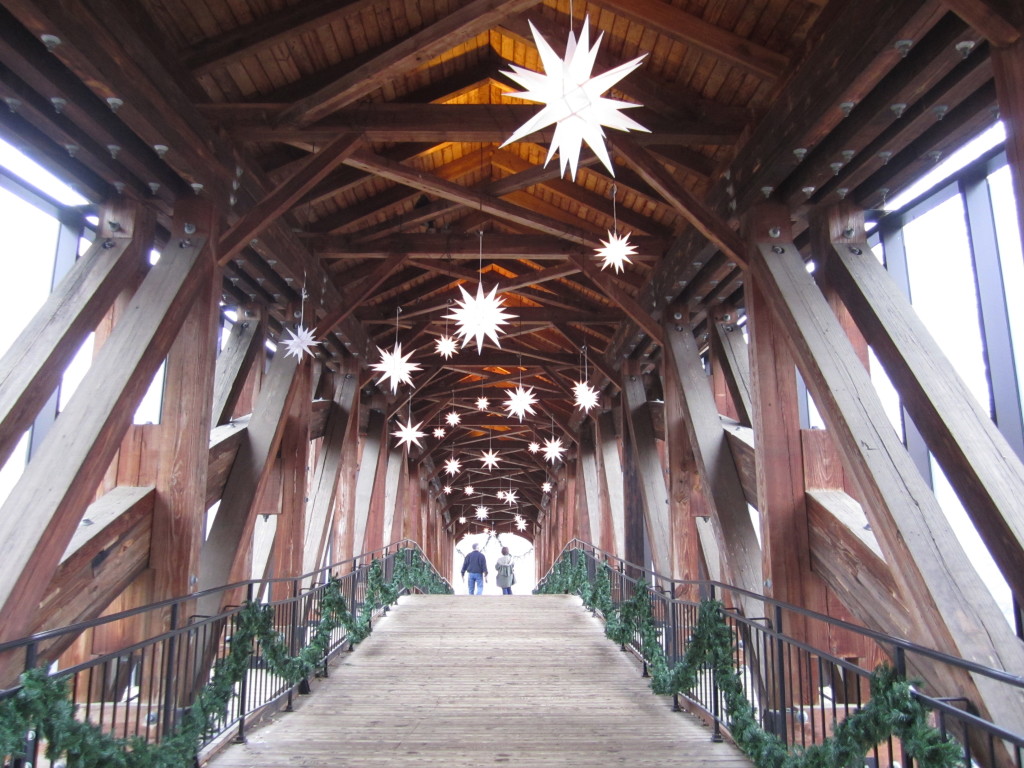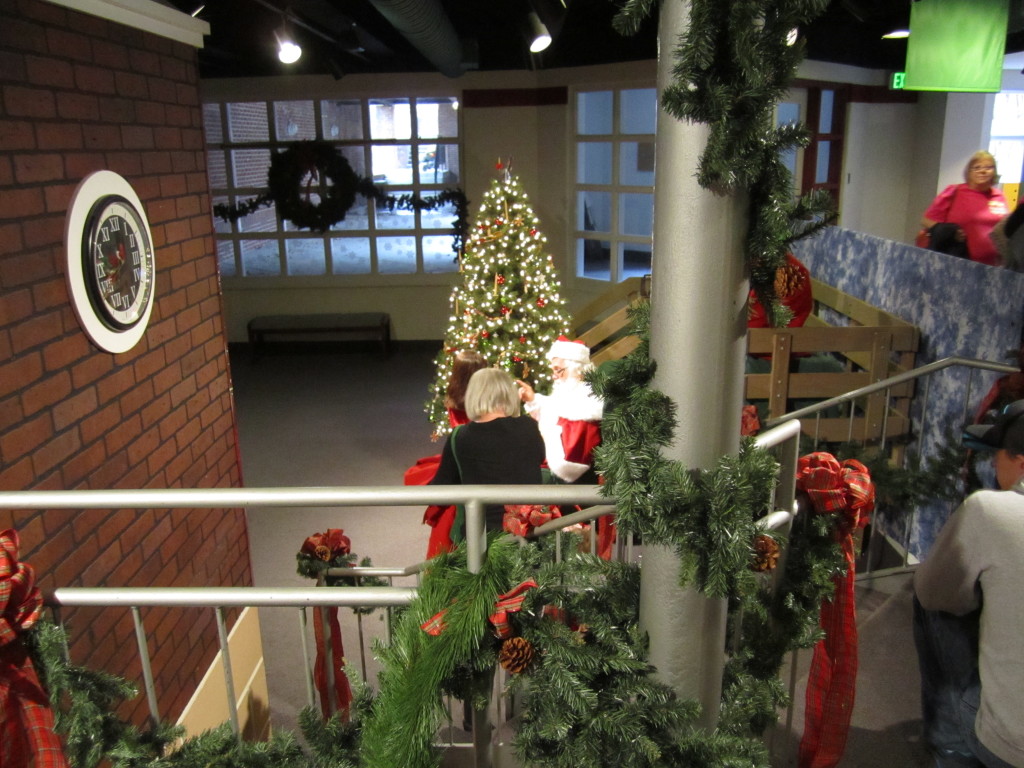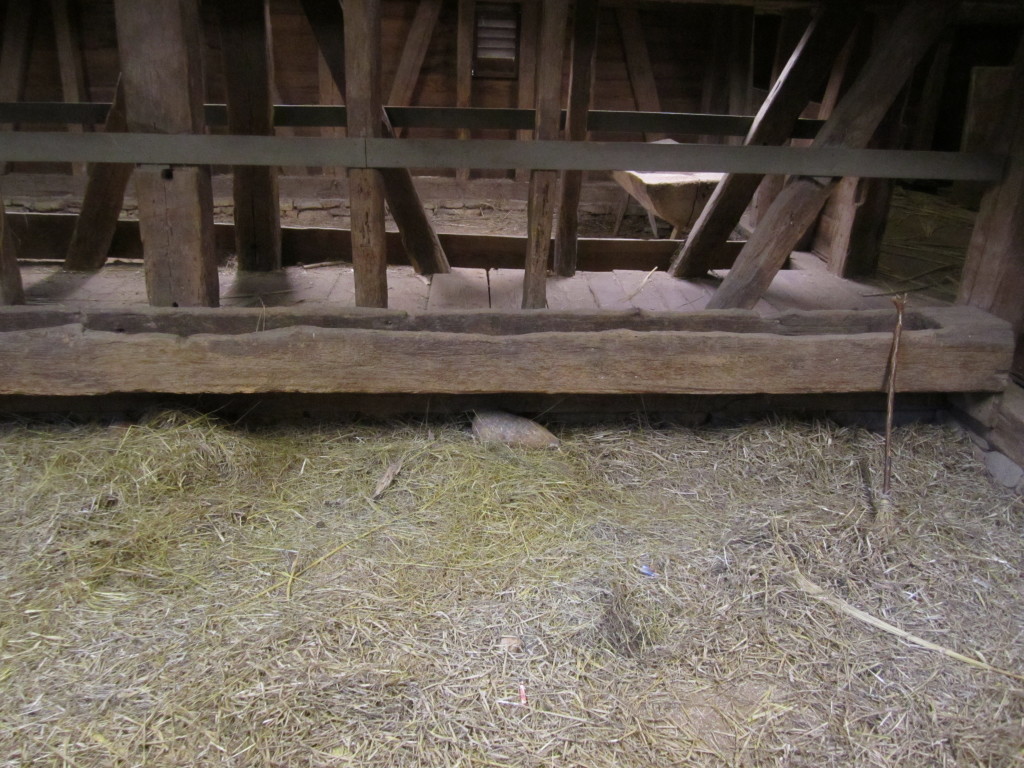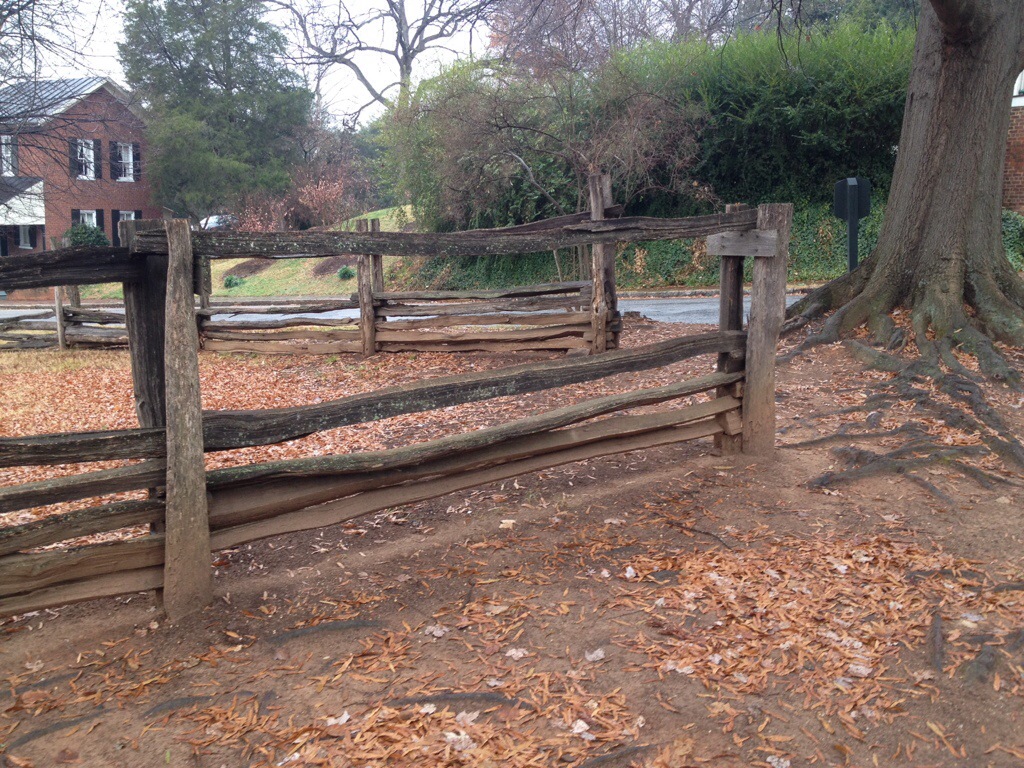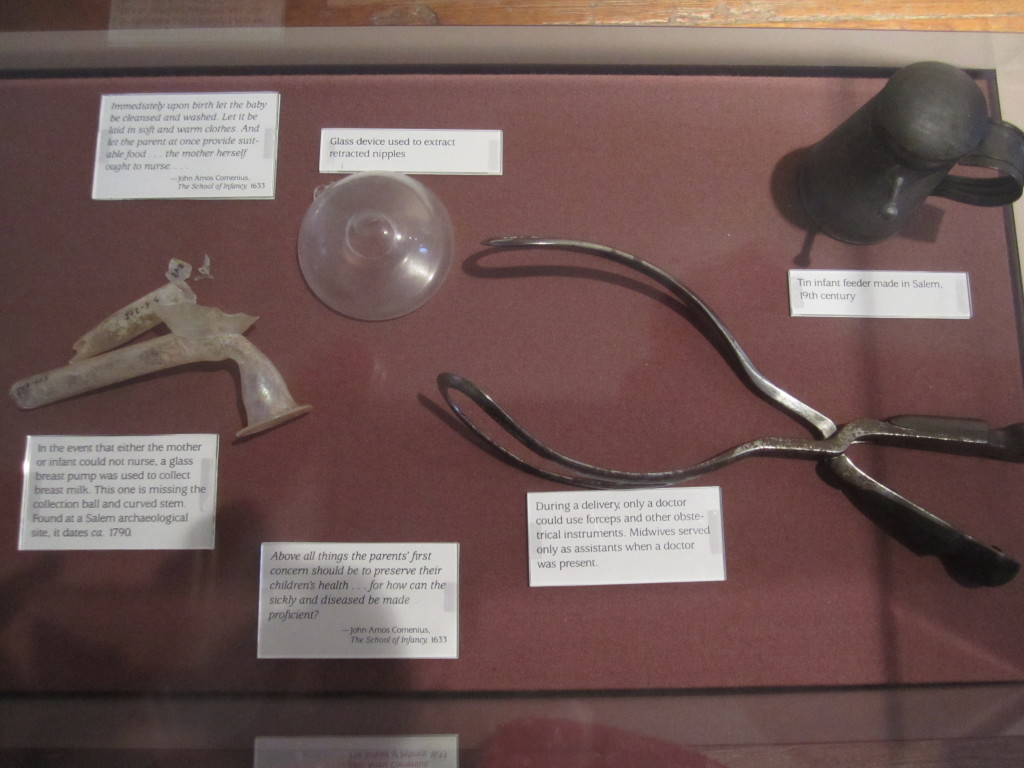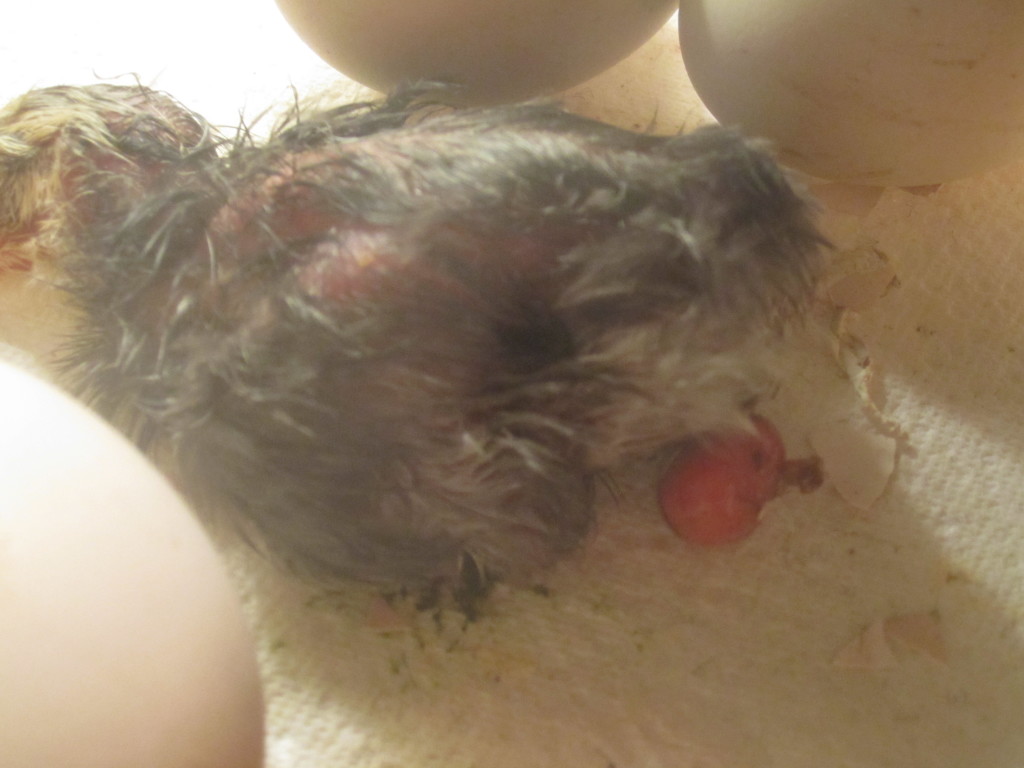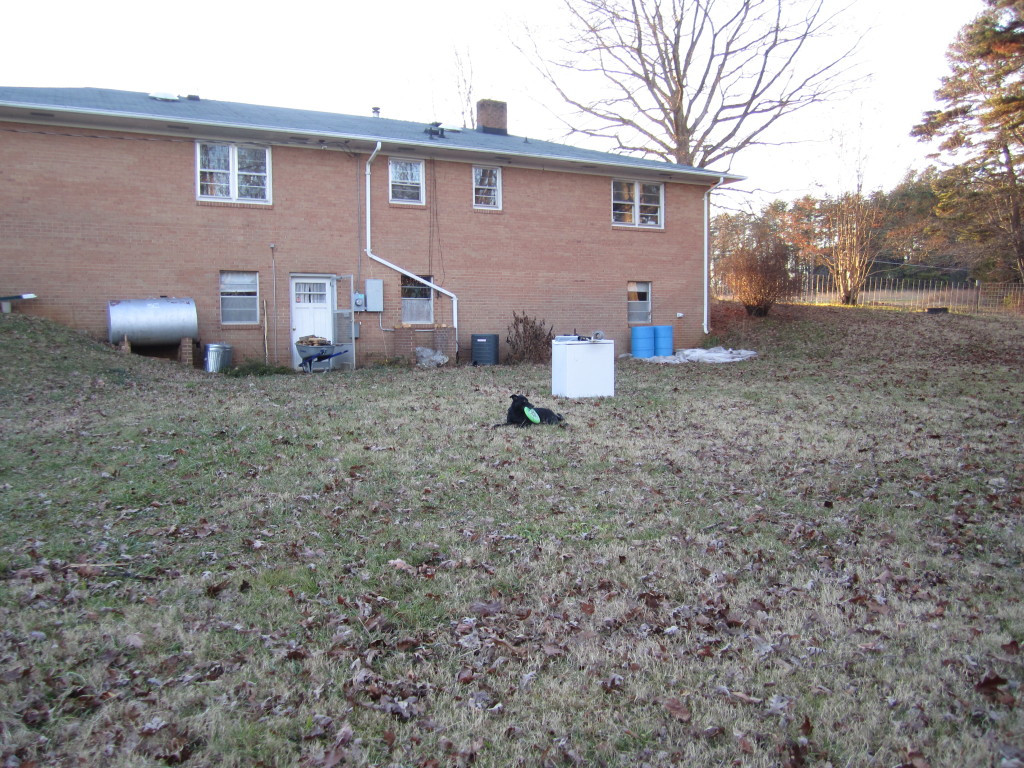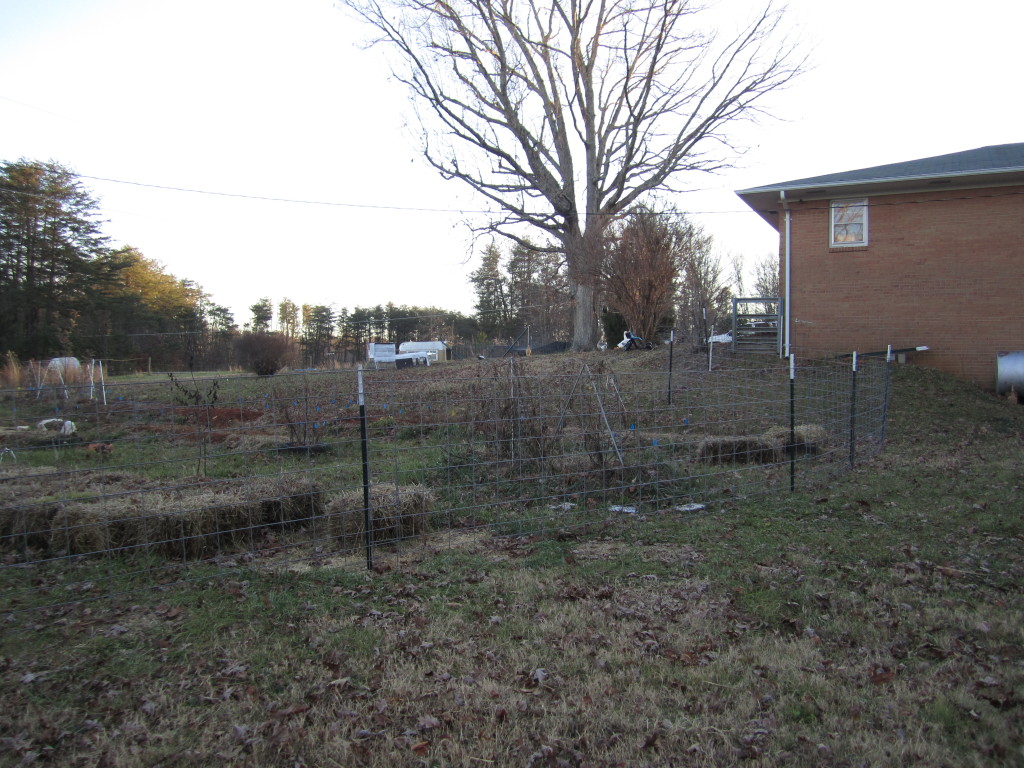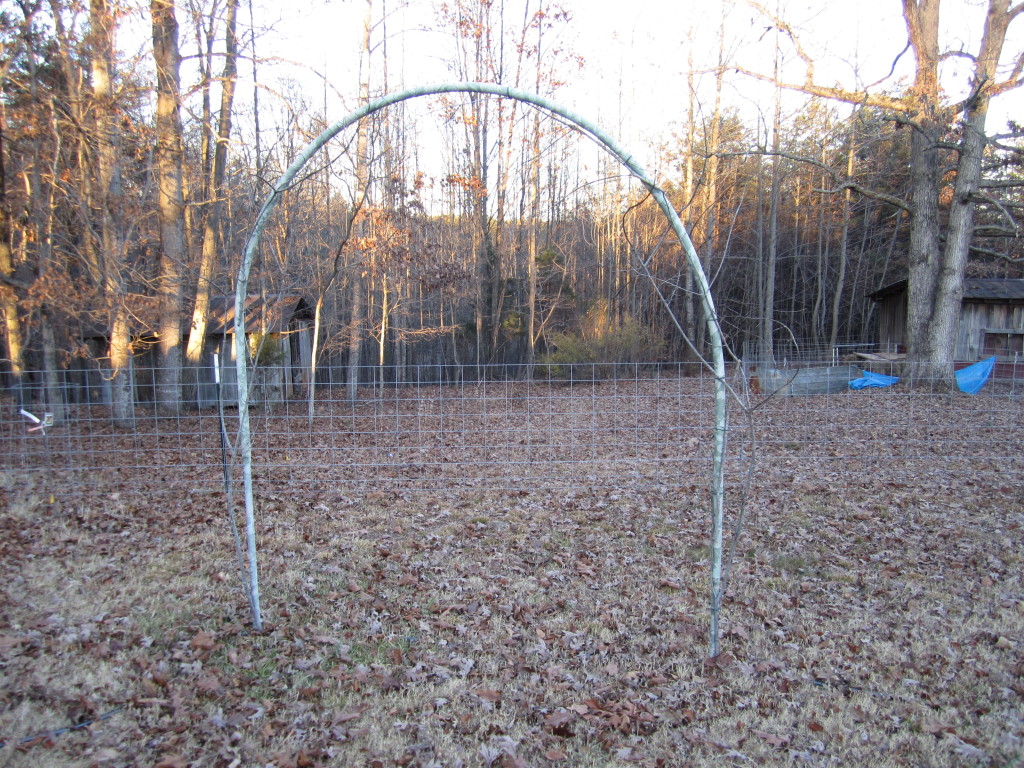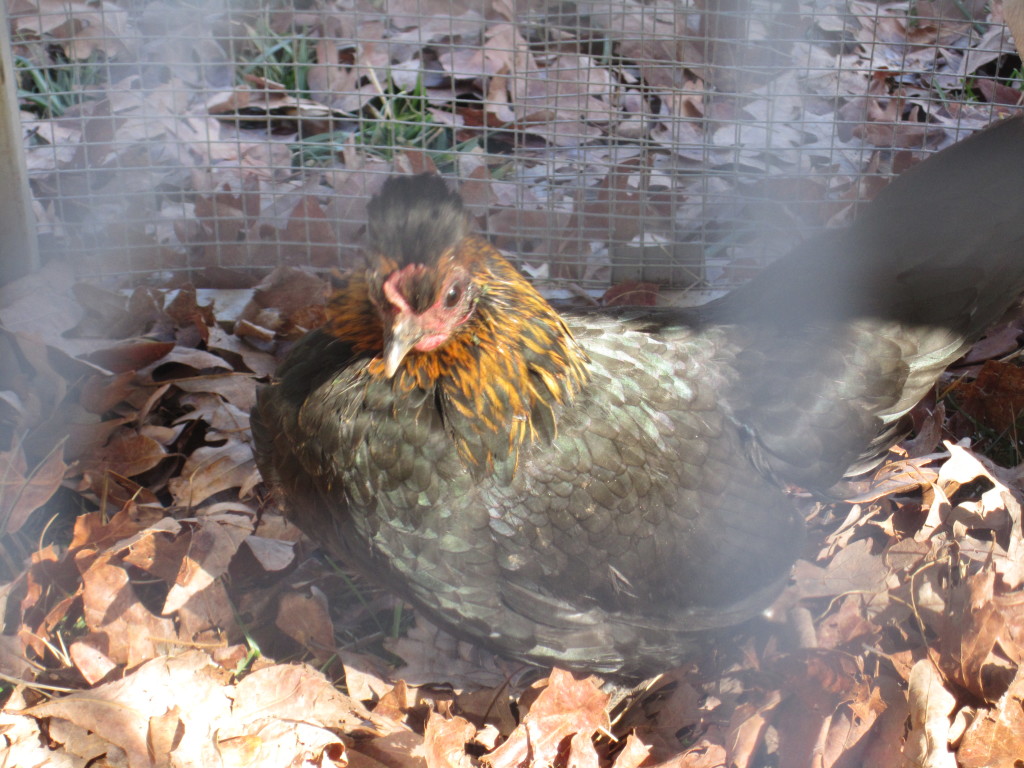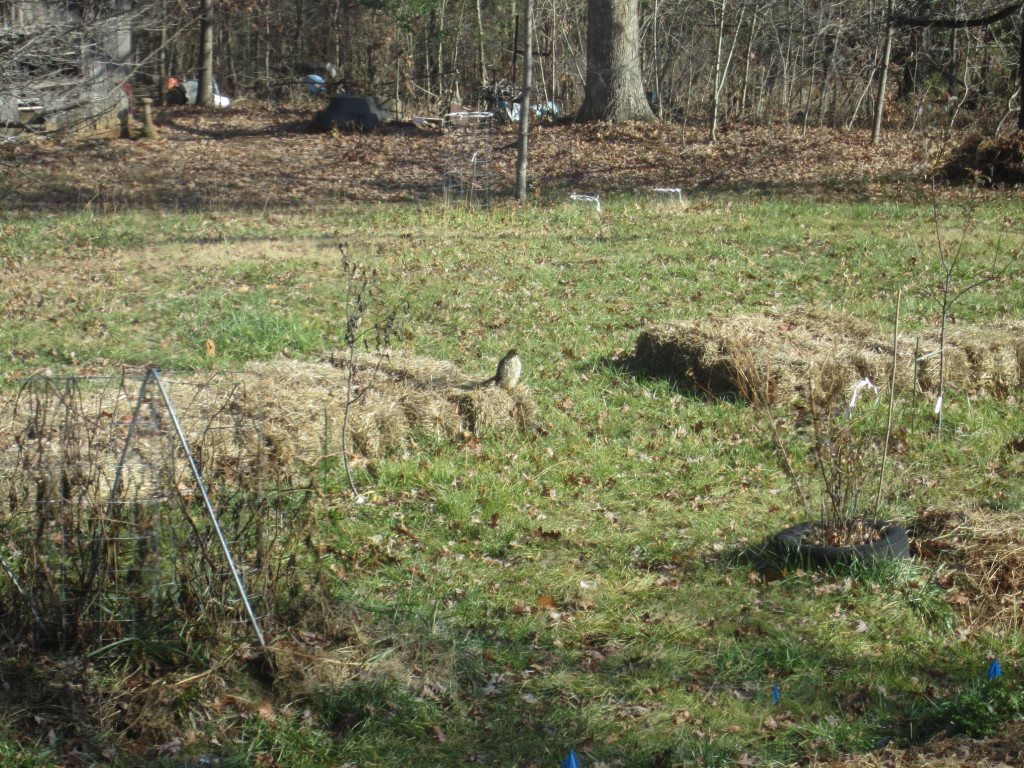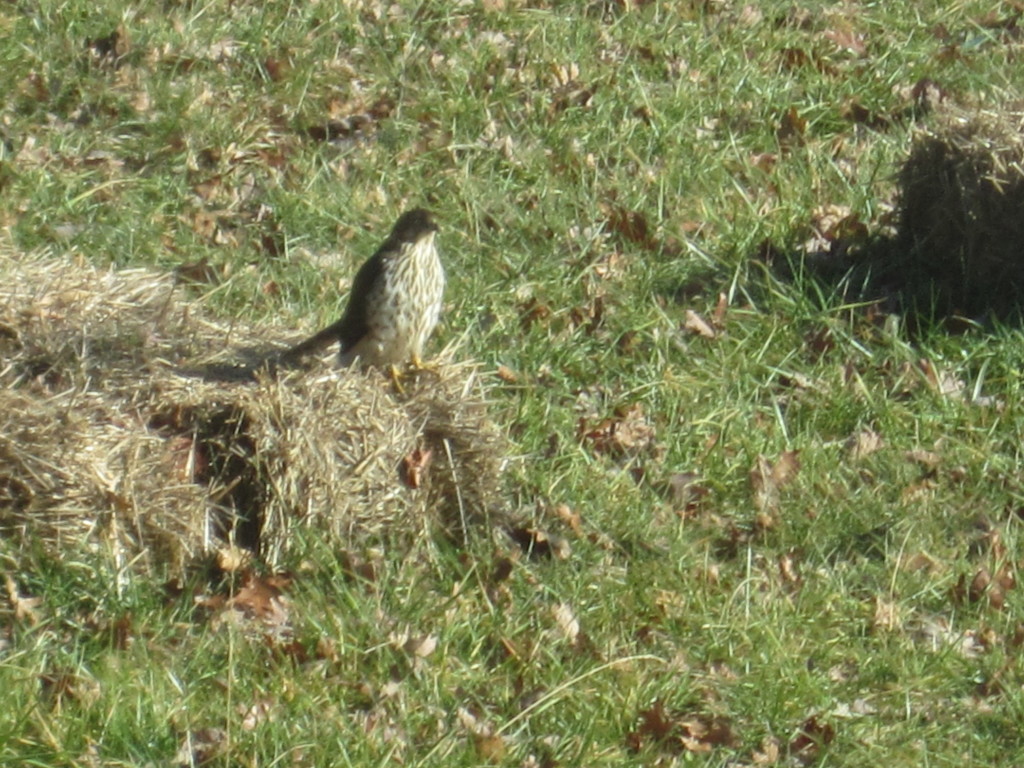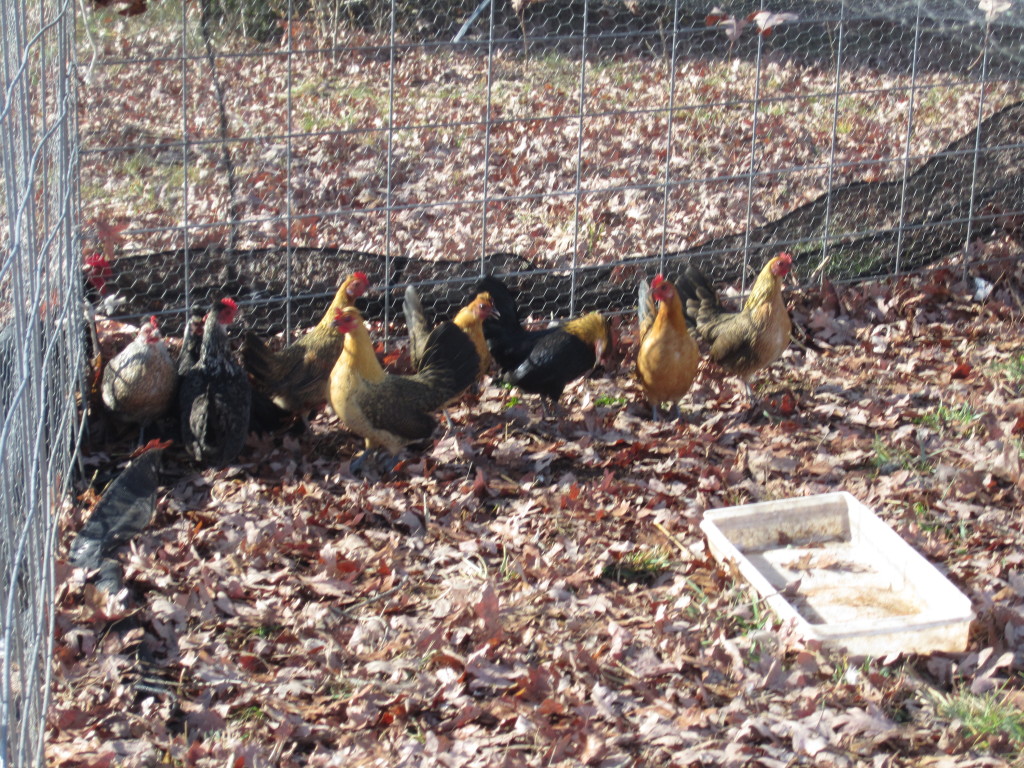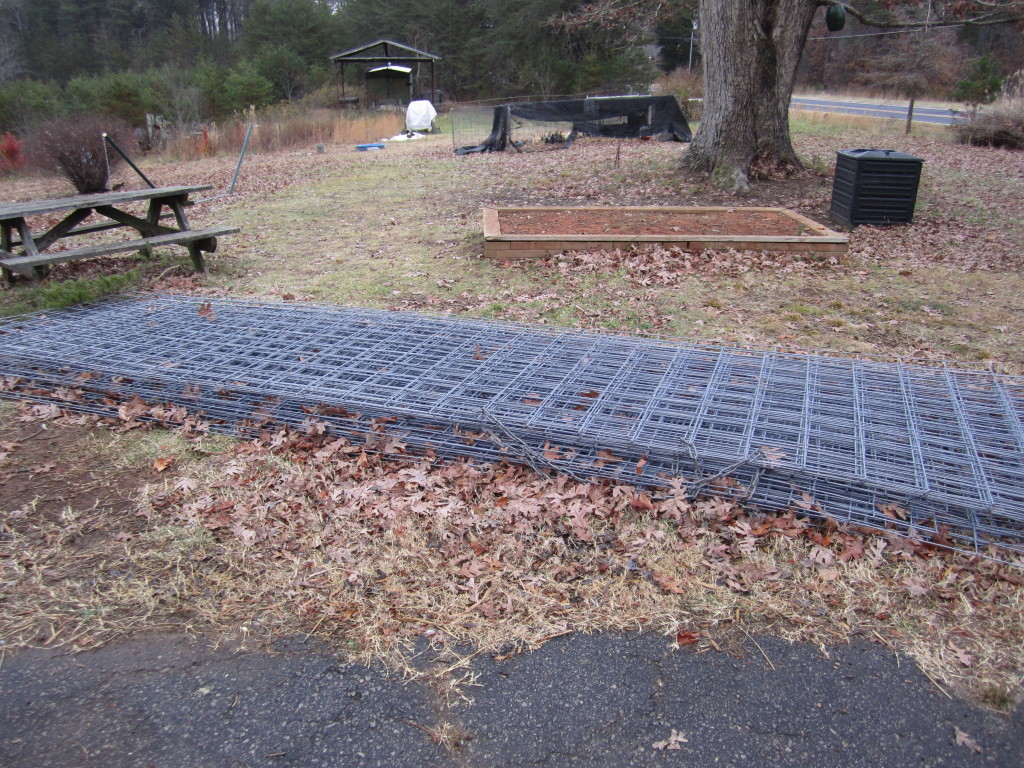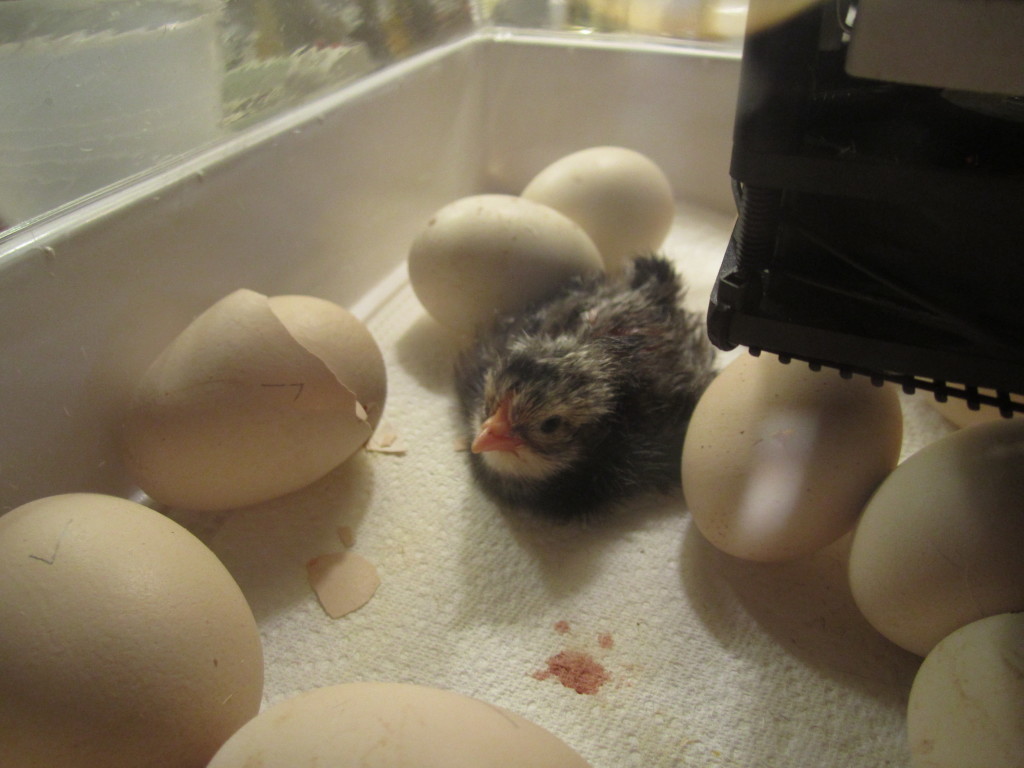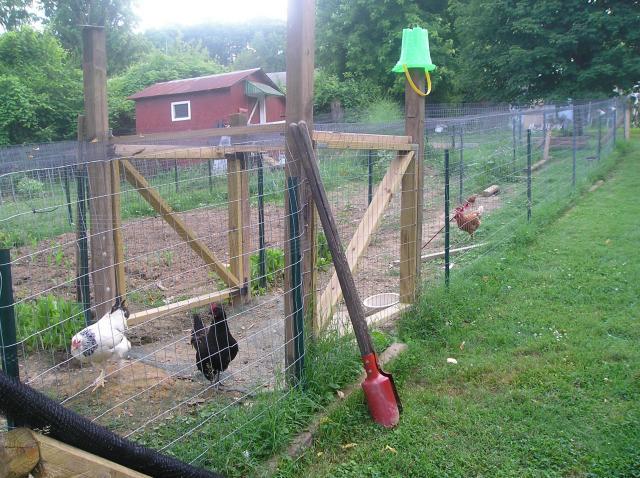Looking for something to do this holiday season around Winston Salem? Do you like old things? Then check out Old Salem. We went for a visit the other day and really enjoyed ourselves. If you’re into architecture, history, archaeology or homesteading, I think you’ll find Old Salem a fun and informing trip.
Old Salem is a living history museum based on the local Moravian community during the 18th and 19th centuries. As you wander the streets, you are able to interact with and question gunsmiths, bakers, doctors, and other members of the community.
Dressed in historically accurate garb and often performing traditional activities like candle making, baking, and soap making, these members recreate and help you to re-imagine life in a simpler time.
As someone interested in homesteading, and deeply curious about the skills and techniques of the past, our visit to Old Salem had my head spinning with new ideas fro our own homestead. Particularly, we enjoyed the old rail fencing styles, as much an art form as anything, and the candles made from beeswax and tallow.
Because it was winter, the gardens weren’t in full production, but it was nice to see examples of espalier fruit trees and trellised vines in most of the gardens. I couldn’t stop admiring the different types of wooden fencing and can’t wait to try some out on our little homestead.
There is a lot to take in, and we will definitely be visiting again. Old Salem is a great place to bring kids, and I can see us going there for “field trips” in the future. You can buy tickets and memberships online at http://www.oldsalem.org/, and while anyone can wander the streets and enjoy the architecture and atmosphere of Old Salem, the exhibits do require a pass.
Be sure to check it out if your in town!
